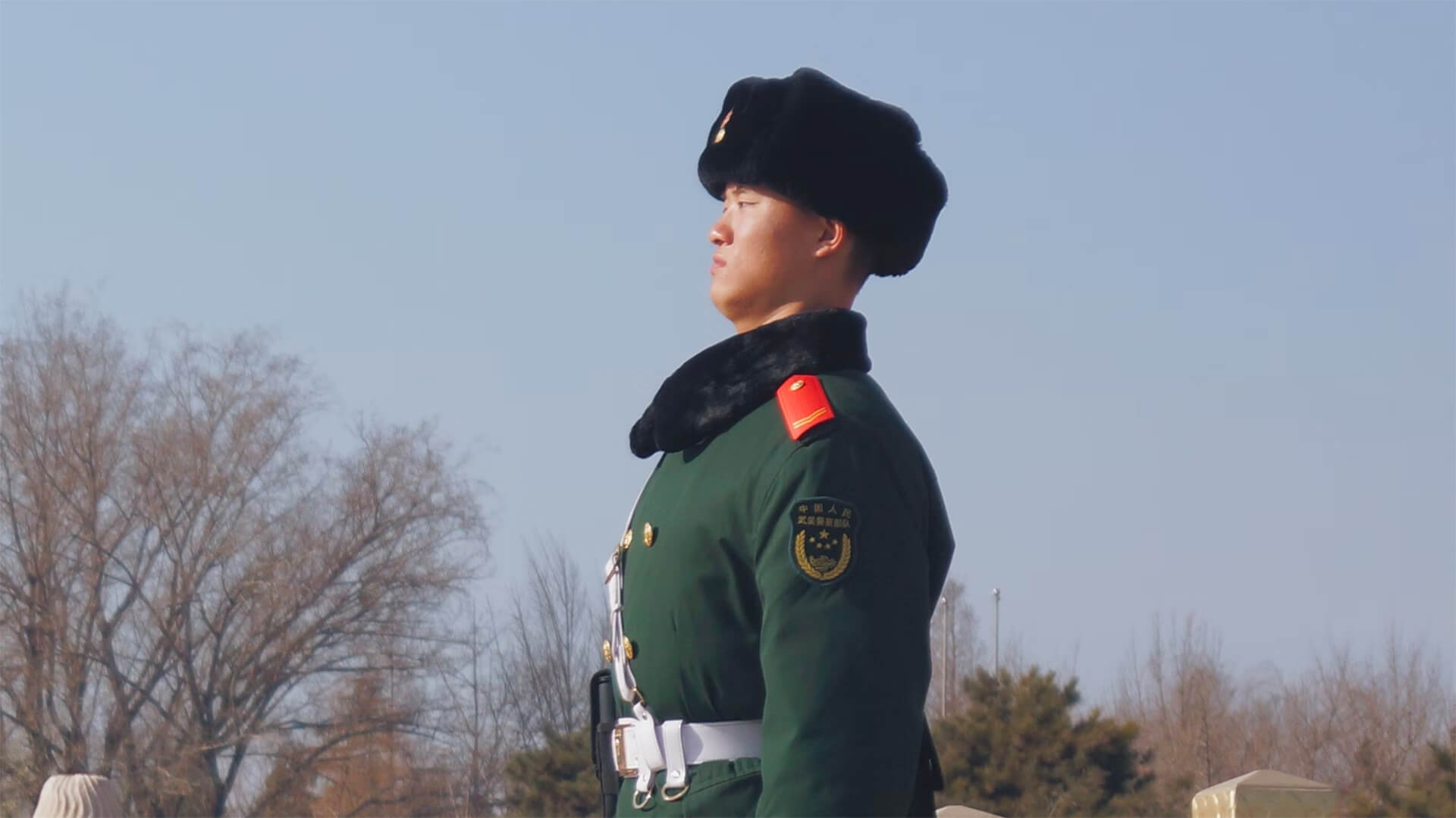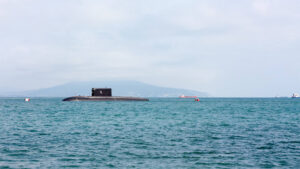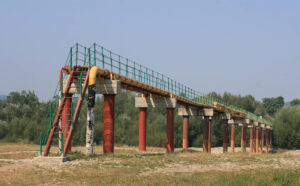With the potential for the Americans to get caught up in simultaneous wars with the Russians and Chinese, do I think the US can handle it? The short answer is that the US will be fine, but if you had asked me this during the Cold War – it would have been a cakewalk for the Americans.
While I don’t think it’s likely (and it is most certainly not recommended), simultaneous wars with the Russians and Chinese wouldn’t be overwhelming for the US military. That is because those two wars would boast extremely different circumstances.
War with the Russians would be a war of supply, providing munitions – specifically the decommissioned and outdated stuff – to the Ukrainians. On the flip side, war with the Chinese would be fought on the seas; the navies would be doing much of the heavy lifting.
The military assets needed to fight these wars would strain different structures, allowing the US military to operate at a manageable and sustainable level.
Prefer to read the transcript of the video? Click here
Here at Zeihan On Geopolitics we select a single charity to sponsor. We have two criteria:
First, we look across the world and use our skill sets to identify where the needs are most acute. Second, we look for an institution with preexisting networks for both materials gathering and aid distribution. That way we know every cent of our donation is not simply going directly to where help is needed most, but our donations serve as a force multiplier for a system already in existence. Then we give what we can.
Today, our chosen charity is a group called Medshare, which provides emergency medical services to communities in need, with a very heavy emphasis on locations facing acute crises. Medshare operates right in the thick of it. Until future notice, every cent we earn from every book we sell in every format through every retailer is going to Medshare’s Ukraine fund.
And then there’s you.
Our newsletters and videologues are not only free, they will always be free. We also will never share your contact information with anyone. All we ask is that if you find one of our releases in any way useful, that you make a donation to Medshare. Over one third of Ukraine’s pre-war population has either been forced from their homes, kidnapped and shipped to Russia, or is trying to survive in occupied lands. This is our way to help who we can. Please, join us.
CLICK HERE TO SUPPORT MEDSHARE’S UKRAINE FUND
CLICK HERE TO SUPPORT MEDSHARE’S EFFORTS GLOBALLY
TRANSCIPT
Hey everybody. Peter Zeihan coming to you from California. A lot of people have written in some questions about U.S. military strategy in light of the Ukraine war and perhaps hostilities with the Chinese. Back during the Cold War, the United States maintained a military policy of being able to fight two and a half wars. The idea that there would be two major conflicts with the Soviets. And, you know, we still need enough dry powder to fight like a small brushfire conflict and in the post-Cold War era that’s basically shrunk down to one. The idea that the United States assets are now more concentrated than they used to be, and that means they need to be more focused. And so if we end up into a conflict with the Russians and the Chinese at the same time, am I concerned that we can’t pull that off?
And the short version is no. Now, the nature of the conflict in Ukraine is one where the United States feels it can’t become directly involved because the risk of a nuclear escalation will be huge. And that means we’re supplying the Ukrainians to fight the war for us…from a certain point of view. And in doing so to this point, the military assets that are being transferred are things that we don’t use. Most of this is equipment that dates back to the seventies and the eighties that was decommissioned in the nineties in the 2000s. And honestly, the United States doesn’t think of that as part of its balance sheet in terms of its order of forces. It’s stuff that we had to dispose of, actually. So in many ways, the Ukrainians are saving us money in a weird sort of way. That means that the army is still available to do whatever with all of the equipment that it would use anyway. There hasn’t been anything taken off the top except for maybe some ammo, and we’re already producing five times as many artillery shells a day as we did before the war. So I’m not really overly concerned there.
In addition, if we do get into a clash with the Chinese, which I don’t think we will, but if we do, that is going to be primarily a naval fight. So it’s entirely possible, if not necessarily recommended, that the United States could be involved in a land war on the western end of Eurasia, while being involved in a naval war on the Eastern End. And the sort of military supplies that go to those two different types of forces are ones the United States is perfectly capable of providing simultaneously.
So while I’m not advocating for a war with either power, and I don’t think a war with either power is likely, the United States actually is capable of doing both of those at the same time. This is not chewing and walking. This is doing two radically different things with radically different command structures and especially military assets that don’t necessarily need to be in the same place at the same time.
Alright. Hope that makes a few people feel a little bit better about a few things. See you guys next time.








